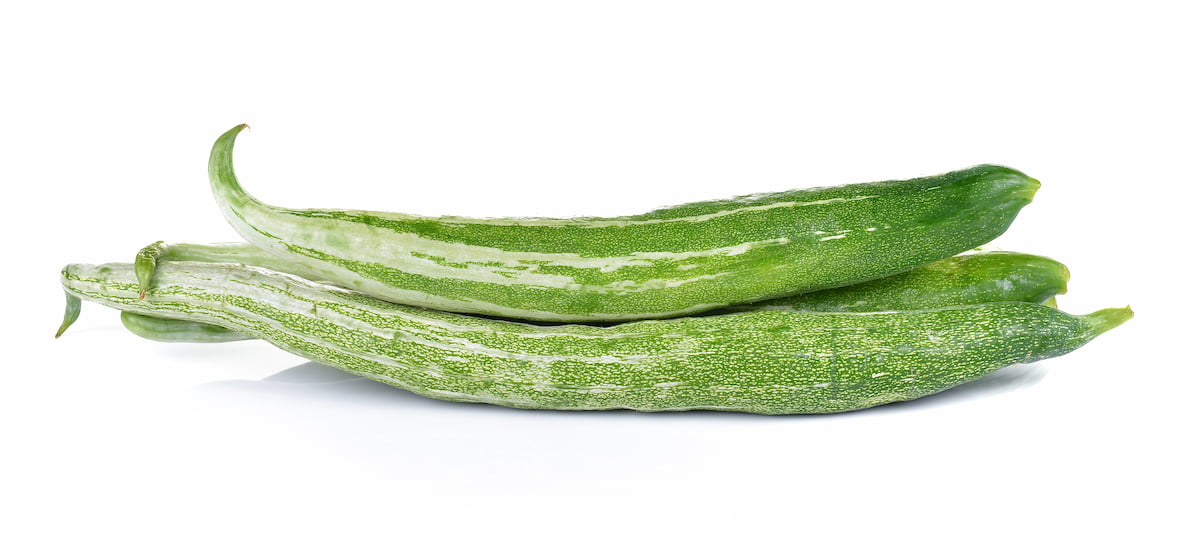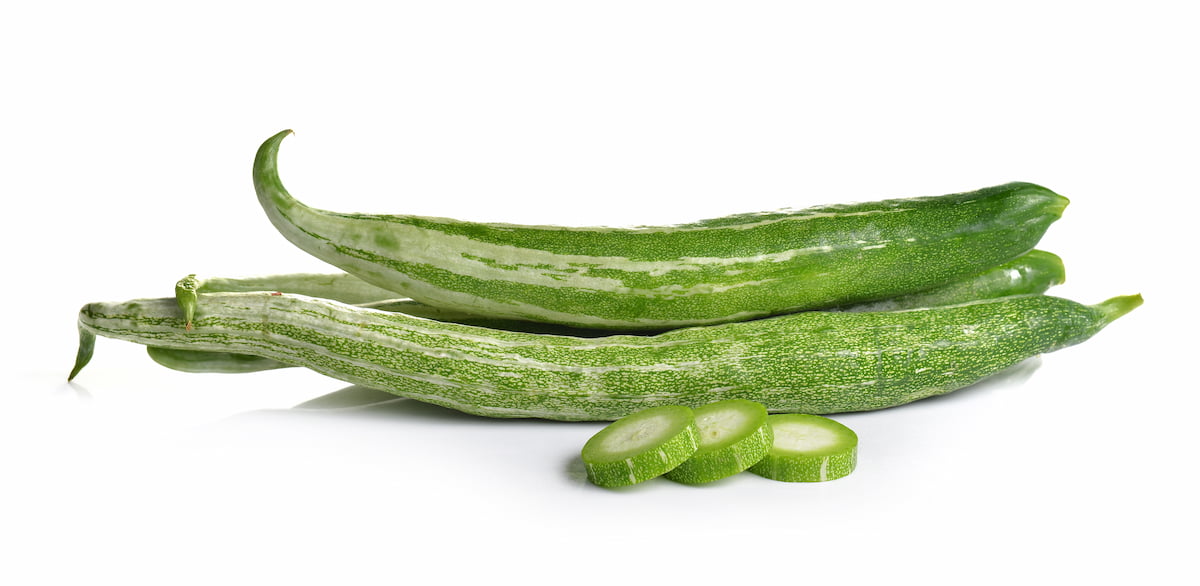Snake gourd is an important vegetable crop with a low proportion of female flowers, which is essential for fruit development and a good yield. To increase productivity, farmers need to increase the number of female flowers. Several factors, such as temperature, light, water, and nutrients, can influence the development of female flowers.

Studies have shown that increasing potassium and phosphorus levels in soil can increase female flowers by up to 40%, and foliar application of cytokinins and gibberellins can promote their development. Proper irrigation, pruning, and pest management are other cultural practices that can increase female flowers and improve crop yield and profitability.
How to Increase Female Flowers in Snake Gourd
Introduction to Snake Gourd Cultivation
Snake gourd (Trichosanthes cucumerina) is a popular tropical and subtropical vine plant cultivated for its edible fruit. It is native to Southeast Asia and requires a warm and humid climate, with a temperature range of 20-35°C and an annual rainfall of 1000-1500 mm. The crop can be grown on various soil types, but well-drained loamy soil with a pH range of 6.0-7.5 is preferred.
Snake gourd can be cultivated as a mono-crop or intercropped with other crops like maize, sorghum, and cowpea. The crop is propagated through seeds, and regular watering is crucial for its growth. Snake gourd is susceptible to pests and diseases, and proper pest management is essential for a good yield. The fruit of snake gourd is a rich source of vitamins, calcium, iron, and dietary fiber. It also possesses medicinal properties such as anti-inflammatory, antioxidant, and anti-diabetic effects.
Understand the Anatomy of Snake Gourd Flowers
In Snake gourd flowers male and female flowers on the same plant. The male flowers are smaller and have long pedicels, while the female flowers are larger and have short pedicels. The male flower consists of a yellow or white-colored corolla, stamen with anther, and filament.
The female flower consists of a greenish-yellow colored corolla and ovary containing stigma, style, and ovules. The stigma is the receptive surface for the pollen, and the style connects the stigma to the ovary. Fertilization of the ovules leads to seed development. Understanding the anatomy of snake gourd flowers can help in improving cultivation practices for better yield.
Best Variety of Cultivation Snake Gourd
These are some best snake gourd varieties for cultivation: Pusa Summer Prolific, Chitrika, Arka Bahar, CO1, CO2, CO3, CO4, CO5, CO6, CO7, CO8, CO9, Swarna Sandhya, Vivek-1, Vivek-2, Kashi Karishma, Kashi Harit, Pragati, Vaibhav, Himangini, Donda, MHSG1, MHSG2, Gachphal, and Chinook.
Optimal Growing Conditions for Snake Gourd
- Temperature: Snake gourd grows best in warm temperatures between 25-35°C.
- Soil: The crop prefers well-drained soils with a pH range of 6.5-7.5. The soil should be fertile and have good water-holding capacity.
- Sunlight: Snake gourd requires full sunlight for its growth and development. The plant should receive at least 6-8 hours of direct sunlight daily.
- Water: Snake gourd needs regular watering, especially during the flowering and fruiting stage. The soil should be kept moist but not waterlogged.
- Nutrients: The crop requires a balanced supply of nutrients, especially nitrogen, phosphorus, and potassium, for optimal growth and yield.
- Humidity: Snake gourd prefers moderate humidity levels between 50-70%.
In case you missed it: How to Increase Female Flowers in Pumpkin: Explained in 10 Simple Steps

Snake Gourd Flowering Stage
The flowering stage of snake gourd is critical in the crop’s growth and development. At this stage, the plant produces both male and female flowers on the same plant. The male flowers are smaller, have long and slender pedicels, and produce pollen essential for pollination. The female flowers are larger, have short pedicels, and contain the ovary, which will develop into fruit if fertilized.
Providing the plant with adequate water and nutrients is crucial during the flowering stage to ensure optimal flower development. Proper irrigation, fertilization, and pest management are essential to prevent flower drop and ensure maximum fruit set. Farmers should regularly monitor the flowering stage and take appropriate measures to ensure the crop’s success.
Factors that Affect Less Female Flowers in Snake Gourd
- Temperature: High temperatures above 35°C can cause flower drop, leading to a reduced number of female flowers.
- Nutrient deficiency: A lack of potassium and phosphorus can lead to a low proportion of female flowers in snake gourd.
- Water stress: Inadequate watering or irregular irrigation can cause flower drop, leading to a reduced number of female flowers.
- Pests and diseases: Pest infestation and diseases like powdery mildew can affect flower development and reduce female flowers.
- Genetics: Some snake gourd varieties naturally produce fewer female flowers than others.
10 Simple Tips to Increase Female Flowers in Snake Gourd
- Proper nutrition: Increase the levels of potassium and phosphorus in the soil, which can increase the number of female flowers by up to 40%.
- Foliar application of hormones: Apply cytokinins and gibberellins to promote the development of female flowers.
- Proper irrigation: Regularly water and maintain soil moisture to prevent water stress, which can lead to flower drops.
- Pruning: Regularly remove dead or damaged flowers and leaves to encourage the development of new flowers.
- Pest control: Implement effective pest management practices to prevent damage to flowers and leaves.
- Adequate sunlight: Provide the plant with adequate exposure for optimal growth and development.
- Suitable temperature: Maintain a temperature between 25°C and 30°C to promote the development of female flowers.
- Proper spacing: Provide adequate spacing between plants to allow for proper air circulation and reduce resource competition.
- Avoid over-fertilization: Excessive fertilization can lead to a reduction in female flowers.
- Select suitable varieties: Choose varieties known to produce more female flowers.
In case you missed it: How to Increase Female Flowers in Ridge Gourd: Explained in 10 Simple Steps

Conclusion
Enhances the growing number of female flowers in snake gourd plants can be achieved by combining techniques such as providing adequate sunlight, water, and nutrient-rich soil. Organic fertilizers, pruning, and plant growth regulators like gibberellic acid or indole acetic acid can also promote the growth of female flowers. Hand-pollination and removal of male flowers can significantly increase female flowers’ yield, and supporting the plant to climb can promote their growth. Protecting plants from pests and diseases with natural remedies or pesticides is crucial.
- Feed Your Flock for Less: Top 10 Tips to Save on Chicken Feed
- Ultimate Guide to Ossabaw Island Hog: Breeding, Raising, Diet, and Care
- Hatching Answers: The Top 10 Reasons Your Chickens Aren’t Laying Eggs
- Eggs and Economics: Breaking Down the Cost of Raising Backyard Chickens
- Defend Your Greens: Proven Methods to Keep Iguanas Out of Your Garden
- Ultimate Guide to Cinnamon Queen Chicken: A Comprehensive Guide for Beginners
- Ultimate Guide to California Tan Chicken: Breeding, Raising, Diet, Egg-Production and Care
- Ultimate Guide to Marsh Daisy Chicken: Breeding, Raising, Diet, and Care
- 10 Types of Chicken Farming Businesses You Can Start for Profits